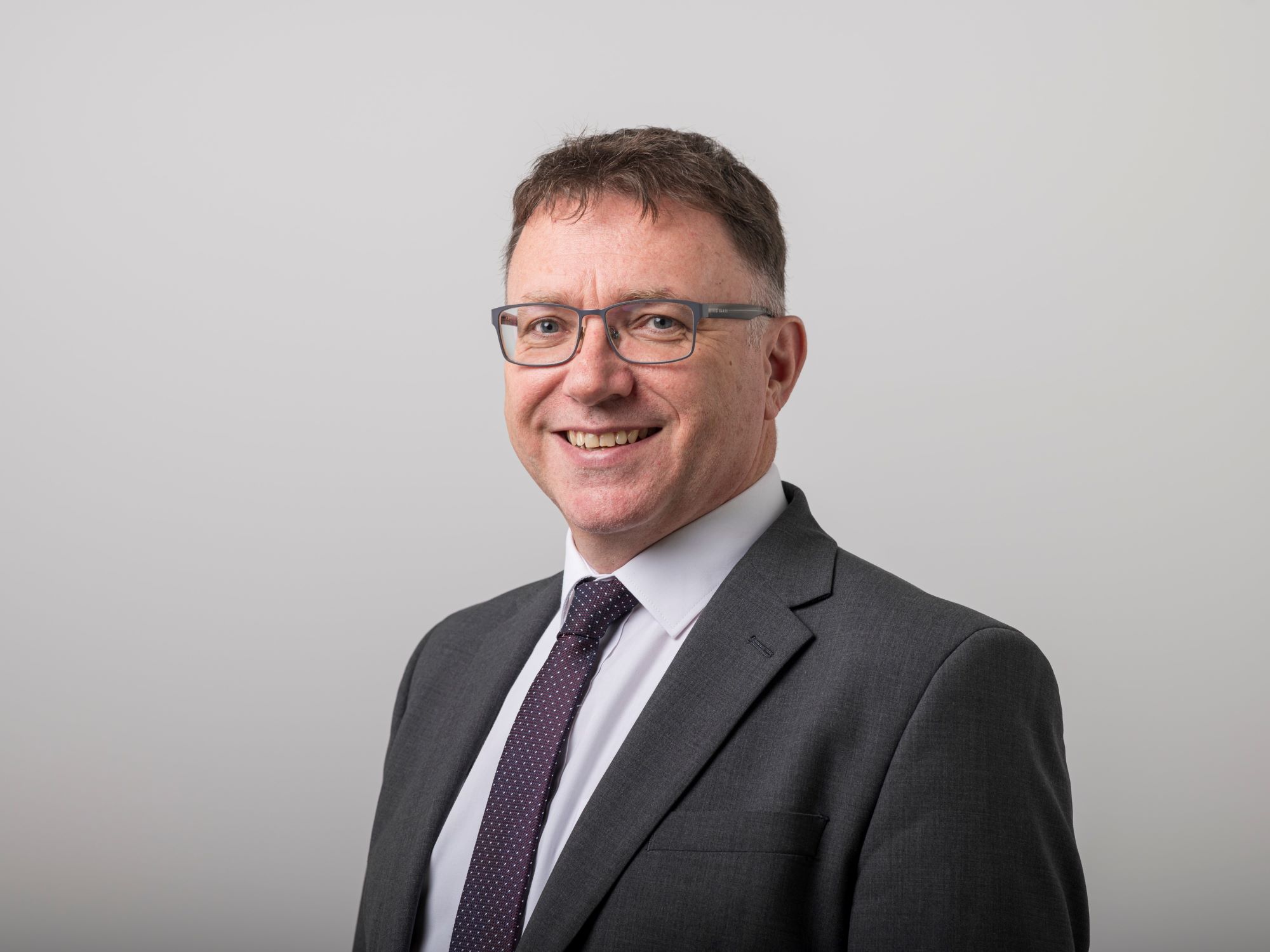Sellafield: creating a new legacy
Sellafield has been at the heart of innovation in the UK nuclear industry for almost 70 years. With nuclear power once again at the centre of the policy agenda, PoliticsHome sat down with Euan Hutton, CEO at Sellafield Ltd, to learn more about the vital role the site continues to play on behalf of the nation
 The sheer scale of Sellafield is dizzying. The West Cumbrian site boasts the most diverse range of nuclear facilities in the world and is comprised of more than 200 nuclear facilities and over 1,000 buildings.
The sheer scale of Sellafield is dizzying. The West Cumbrian site boasts the most diverse range of nuclear facilities in the world and is comprised of more than 200 nuclear facilities and over 1,000 buildings.
Equally impressive is the globally significant impact that has been achieved from this relatively small area of rural Britain.
It is that combination of heritage and impact that Sellafield Ltd’s Euan Hutton wants to talk about during a sit-down conversation with PoliticsHome to learn more about the site’s vital work.
Hutton has spent his entire career in the national and international nuclear industry, a career that began as a graduate trainee at Sellafield. Nearly four decades later, he is now CEO, giving him a unique insight into the contribution that the largest nuclear site in the UK continues to make to national life.
Hutton is acutely aware of the legacy of the site he now oversees. He tells PoliticsHome that Sellafield is a place where “innovation has always happened.” Immediately after the Second World War, the site was at the heart of efforts to develop the UK’s nuclear deterrent, before moving into supporting first the production of civil nuclear energy, reprocessing of nuclear fuel and then the management of nuclear waste.
“Those people back then, those scientists and engineers, did an amazing job,” he tells us. “They delivered the material that resulted in the nuclear deterrent for the UK. For me, it is all about being part of something that started back in 1947. I feel privileged and proud to be part of that story.”
It is easy to forget just how innovative and experimental those first steps in harnessing nuclear energy were. During our discussion, Hutton tells the story of H.G. Davey, the first man to lead Sellafield.
“When you read the comments next to Davey’s plans for the salt to metal conversion plant,” Hutton tells us, “It simply said ‘nothing is yet known of this process.’”
The story is a powerful illustration of how the early pioneers in the UK nuclear industry were operating at the very boundaries of scientific and engineering knowledge. However, this is not just a historical facet of the industry. That same spirit of curiosity and exploration continues into the present day, with a new generation of innovators developing approaches that can support the nation’s energy future.
“At Sellafield, we are finding new approaches, deploying things that we find in other industries, sticking them together, and seeing if they work for us.”
Hutton describes Sellafield as a “testbed for innovation,” and it is easy to understand why. For example, the underwater robotics that they are deploying can make a difference not just in nuclear but also in other critical growth industries such as offshore wind.
He said: “The company is developing a collaborative approach to robotics with our supply chain and academia that will speed up their introduction, save money and ultimately get the right technologies in place.
“For example, we are using automated tools that can remotely cut and size reduce skips from our ponds, developing the capability to remotely operate the gloveboxes we use to handle hazardous material which will reduce risk to our operators, and we are carrying out unmanned aerial vehicle inspection flights.
“And last year a team of specialist nuclear divers carried out vital clean-up and decommissioning work in the oldest legacy storage pond on the site making real progress.”
Through innovation, Euan describes how the company is delivering nationally important missions every day.
“Over the past year, we made great progress in our hazard and risk reduction work, carrying out for the first time retrievals from all four key legacy ponds and silos – facilities that are among the most complex challenges in the world.
“We provide critical spent fuel management services which are helping the nation keep the lights on.
“We are investing in our people and developing a skills base to support the UK’s future nuclear ambitions. The skyline at the site is also changing – we are taking down old facilities and constructing new ones to handle the highest hazards and risks on the site. Keeping up the pace of safe delivery in future years will only improve our reputation.”
And the development of new approaches that can help manage nuclear materials as the world seeks to transition away from fossil fuels can deliver social, environmental, and economic benefits for us all. In particular, Hutton believes that there is an exciting opportunity for the UK to consolidate its position as a global leader in the nuclear industry.
“The UK has an incredible opportunity,” he tells us. “If we successfully develop and deploy new solutions at Sellafield then UK PLC will be able to sell those solutions into a multi billion global market for nuclear decommissioning.”
 That would bring significant economic benefits to the nation and cement the UK’s status as a country at the forefront of innovation in managing nuclear materials.
That would bring significant economic benefits to the nation and cement the UK’s status as a country at the forefront of innovation in managing nuclear materials.
Closer to home, Hutton is equally proud of how Sellafield is already supporting the UK economy, particularly in West Cumbria, but also through high-value supply chains that stretch the length and breadth of the nation.
“As an organisation, our principal focus is to manage Sellafield, but with between £2 billion and £3 billion a year to invest, we do that with a really extensive supply chain,” he explains. “That includes some really big players, but it also increasingly includes SMEs.”
That economic contribution is just one way that Sellafield’s vital work is touching the lives of people in every corner of the UK, making a significant contribution to national life.
That contribution is set to continue. With nuclear energy firmly back on the policy agenda, Hutton sees Sellafield as having an important role to play as a centre of expertise that supports a new generation of providers to develop solutions for the safe treatment of new types of waste.
It is a prospect that Hutton views as the continuation of a mission that his predecessors started almost seven decades ago.
“It is a really exciting time to be working in nuclear,” he says. “When I first joined the industry Sizewell B was in construction and that was the last reactor station to be brought online in the UK. Now government has committed to 24 gigawatts of new nuclear. That is incredibly exciting.”
It seems that the national mission that began at Sellafield in 1947 is set to continue delivering for a very different UK for many decades to come.
